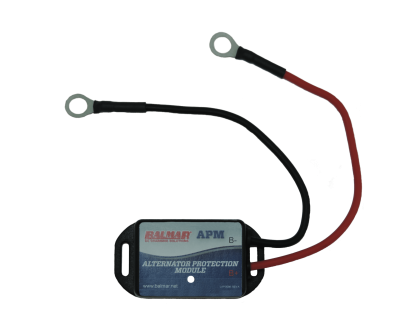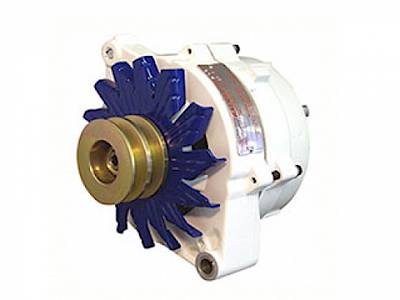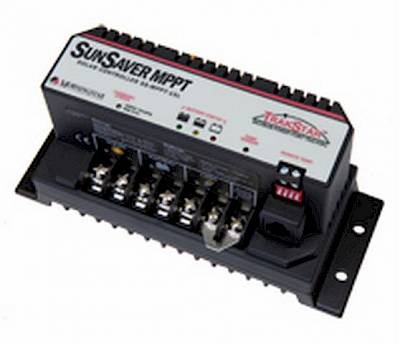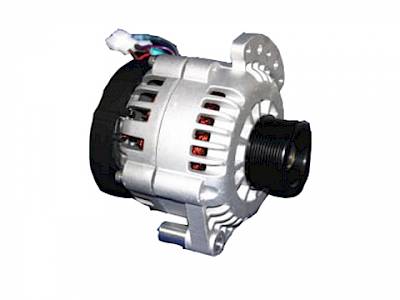
Alternators
Early electrical pioneers discovered that passing a magnet in close proximity to coiled wire induced an electrical charge, and that a rotating magnet in front of coiled wire created alternating current. This electrical principle is the basis of an alternator. An alternator is a rotating machine designed to produce alternating current that can then be rectified to produce directional current that can be used, or stored for later use in a battery.
An alternator consists of three basic parts: the stationary portion secured to the engine (stator), the rotating portion (rotor) that is turned by the engine belts, and the rectifier set that converts AC power to DC. The alternator’s output needs to be regulated, or it would output power continuously based on ratio of windings of coiled wire and RPM of the rotor, regardless of battery state of charge. The rotor is an electro-magnet that draws power from the electrical system to power the alternator, and creates 10X the power it draws. By regulating the power supplied to the rotor the alternator output can be tailored to the battery bank requirements.
The first regulators were simple electro-mechanical spring and coil combinations, but they have evolved into the digital era. The basics remain the same in that the rotor needs to be powered and the output needs an electrical pathway to the battery. When troubleshooting an alternator, it is these two considerations that are fundamental.
Related Content





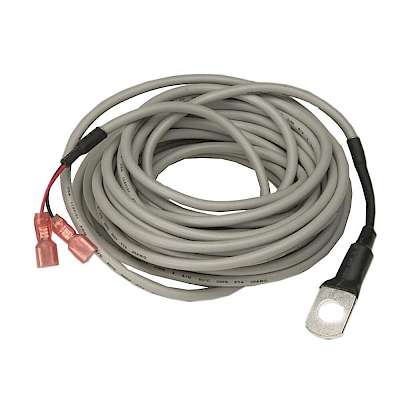
 $99.03
$99.03 $72.00
$72.00




